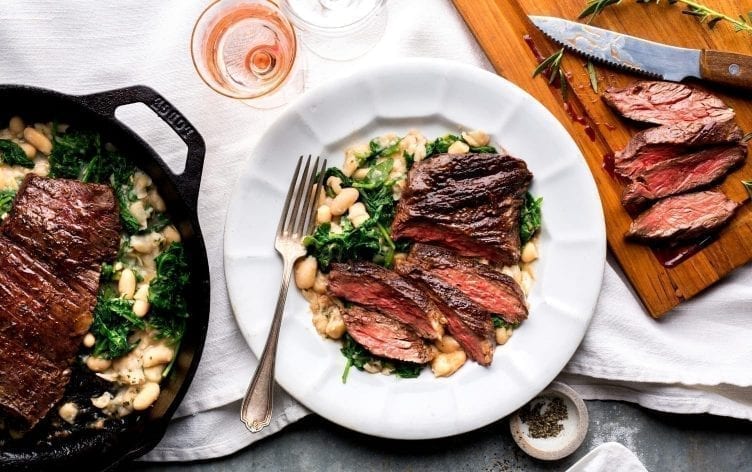

Proteins are the big guns necessary for the structure, function and regulation of all cells, tissues and organs in the body. The macronutrient is composed of 20 amino acids or building blocks. The body can make some amino acids itself, but there are nine essential ones you must obtain from food, which is where diet becomes a factor.
A generally healthy person needs about 0.8 grams of protein per kilogram of body weight. To get your weight in kilos, divide your weight in pounds by 2.2. Athletes and other highly physically active people, those with certain illnesses, injuries or diseases have higher protein needs to meet an increased demand, so consulting with an RD can help you further determine your individual needs.
Here’s what you should know about the differences in protein types and why timing and portion sizes are important:
ARE ALL PROTEINS IN FOOD FAIR GAME?
The name of the game in diet and nutrition is always variety. So while not all protein-containing foods are exactly the same in structure, nutrient density or amino acid content, many can and should play a role in a generally healthy diet. When talking about these differences, it’s important to understand the two categorizations: complete and incomplete proteins.
COMPLETE PROTEINS
Complete proteins contain all nine essential amino acids. These proteins are more efficiently absorbed and utilized by the body and have the ability to help the body make new protein. Most animal products fall under this category and include eggs, dairy products, fish, poultry, beef, pork and lamb.
Though many plant-based foods do not contain all the essential amino acids, there are a few that do and can be extremely useful (and delicious) for those following vegetarian or vegan diets. These include soy products (e.g., tofu, edamame, tempeh, soy milk), quinoa and buckwheat.
INCOMPLETE PROTEINS
Foods lacking in one or more of the nine essential amino acids are called incomplete proteins. These are mostly plants, but don’t let the name fool you. It’s absolutely possible to meet your body’s protein needs with plant-based foods and many are excellent protein sources despite this shortcoming. They include nuts and seeds, whole grains, beans, legumes and potatoes. Consuming a variety of these foods throughout the day can create the same effect as a complete protein. Although direct combinations can be tasty — think rice and beans, a peanut butter sandwich or hummus and pita — they do not have to be eaten at the same time to reap maximum benefits.
TIMING AND PORTION-SIZE MATTER
It’s common for active people to down a high-protein shake or bar after a workout, often with the mindset that more protein is better to help build muscle and aid recovery. However, recent research has shown spacing protein intake throughout the day can help maximize muscle protein synthesis and reduce oxidation or conversion of excess protein to waste products. In other words, the body can only utilize so much protein at one time and aiming for 15 to no more than 25 grams for any meal or snack can get you into that sweet spot.
THE BOTTOM LINE
I’m a firm advocate for including all foods you enjoy in your diet — from burgers to beans — with a little extra emphasis on plant-based fare. That’s because of the growing body of evidence on the benefits of a plant-based diet. It has been linked to a reduced risk of chronic disease and cancer, improved immunity and environmental benefits.
An excellent way to start or continue focusing your diet around plants is to keep things interesting with variety. Try different meatless meals and experiment with the following:
- Legumes
Make a three-bean chili, lentil tacos, black bean burgers or a tofu stir-fry. - Nuts and Seeds
Sprinkle chia or hemp seeds on your breakfast foods (oatmeal, yogurt, eggs, toast), add walnuts or almonds to your salads and make sandwiches with nut and seed butters. - Whole Grains
Make hearty grain bowls with farro, quinoa or wild rice. Experiment with buckwheat pancakes or a whole-wheat veggie lasagna.
